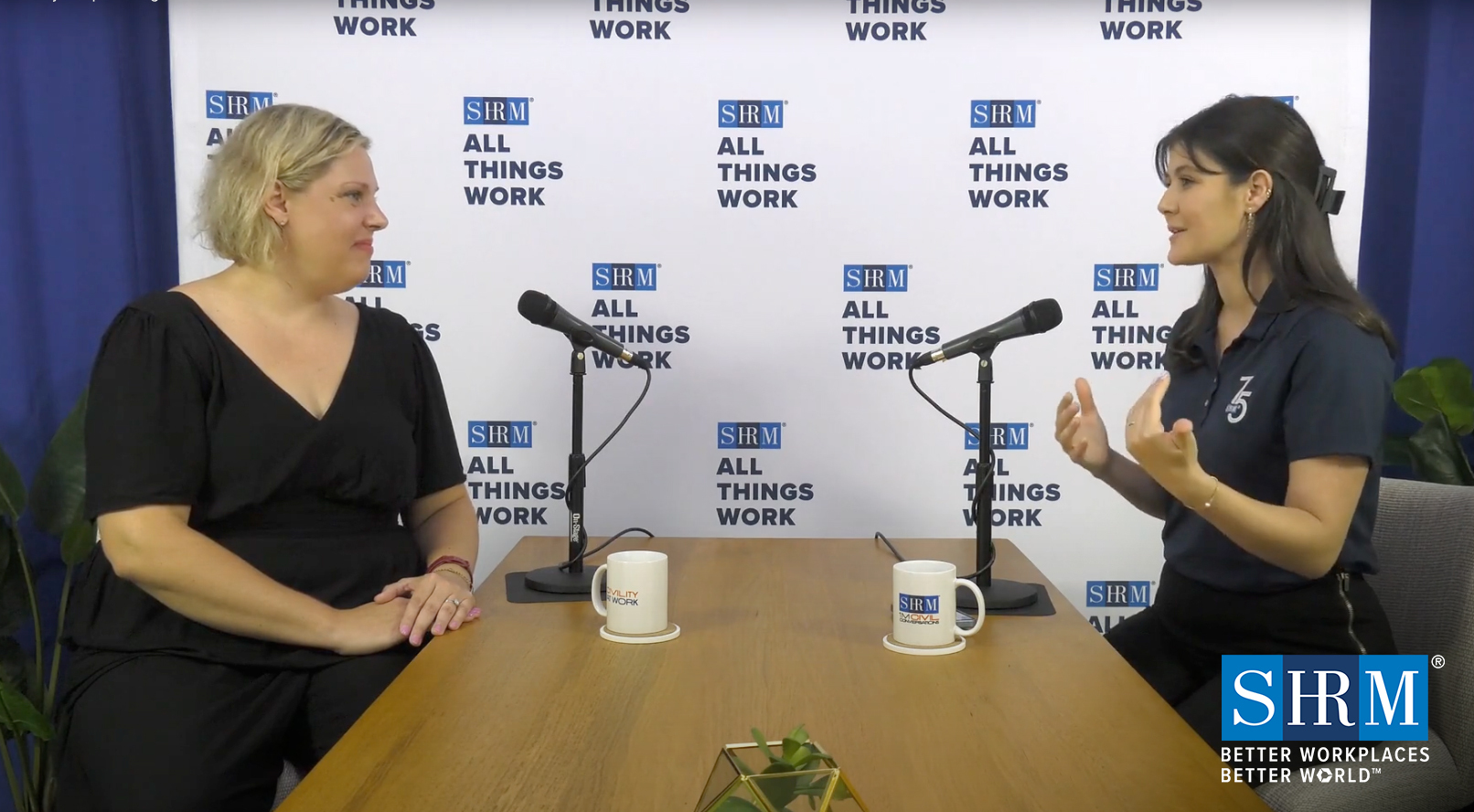
Advancing Women Leaders: Lenovo's Journey to Greater Inclusivity
In 2014, Lenovo, a leading name in the tech industry, identified a critical gap in its workforce: only 14 percent of its executive-level positions were occupied by women, despite women comprising more than 30 percent of its global staff. This disparity prompted the organization to take decisive action to reverse the downward trend and boost female representation in leadership roles.
Jennifer Broerman Spencer, Lenovo's director of global diversity and inclusion, described the situation as a "tremendous red flag." It was clear an intervention was necessary to realign the company's inclusion and diversity (I&D) efforts with its broader goals, she said.
The company responded by investing in the Advancing Women Leaders Signature Solution from Linkage, a SHRM Company. This 10-month initiative offers targeted development opportunities tailored to director-level female employees. The goal was simple yet significant: cultivating a strong pipeline of female leaders capable of advancing to executive roles.
The impact has been profound. Since its inception in 2015, Lenovo's leadership program has trained eight cohorts, totaling 170 women. These tailored leadership development opportunities have proven effective; by prioritizing growth and creating structured pathways for advancement, the company has successfully raised the percentage of women in executive roles from 14 percent to 22 percent. The company now plans to reach 27 percent in the next few years. "I think we're going to come close, and whether we hit the goal, we will celebrate for a moment, and we will set another one, and we will continue. And if we fall short, it's just another excuse to double down," Broerman Spencer said.
The success of Lenovo's initiative aligns with broader research on gender parity in leadership. Organizations that prioritize supportive cultures for women, executive commitment, equitable people systems and comprehensive leadership development can significantly impact their ability to retain and elevate female talent, according to Advancing Women Organizational Assessment (AWOA) data from SHRM. This data validates this framework, noting that companies scoring high on these dimensions are more likely to be recommended by women as great places to work and demonstrate higher organizational commitment and engagement from their female employees.
Culture is one of the most influential strategic dimensions identified in the research. According to SHRM's data, women who feel valued and respected in their workplaces are over 15 times more likely to advocate for their organizations. In Lenovo's case, fostering a supportive culture and offering development opportunities has not only improved gender representation but also strengthened employee alignment with organizational values.
As organizations worldwide strive for inclusivity, Lenovo's structured, data-driven approach provides a blueprint for effective change. By investing in leadership programs and fostering a culture where women are empowered, companies can bridge gender gaps and build more diverse and capable leadership teams. Broerman Spencer said Lenovo's commitment to continuous improvement in this area is crucial, as these goals are not just targets but catalysts for ongoing growth and development.
This article has been paid for by a third party. The views and opinions expressed are not those of Newsweek and are not an endorsement of the products, services or persons mentioned.